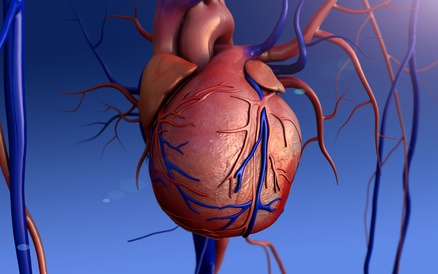There is more and more positive evidence that new-generation transcatheter valves, originally designed to treat tricuspid aortic valves, work perfectly fine on bicuspid aortic valves.
A comparison of computerized tomography (CT) scans obtained before and after the procedure showed that the most commonly used devices appear to reshape the aortic annulus to the same degree in both standard patients and in patients with bicuspid valves.
Read also: “Transcatheter Reduction or Surgery for Paravalvular Leak Repair?”
The BAVARD multicenter register, presented at PCR London Valves 2017, only looked at imaging results, but all patients included are being tracked in order to obtain information on endpoints such as paravalvular leak, stroke, bleeding, pacemaker implantations, etc.
In the current analysis, investigators reviewed pre- and post-implantation CT scans for 97 patients with bicuspid valve disease and compared them with 88 tricuspid aortic stenosis patients. Among these patients, 92% had type 1 bicuspid disease—the most common type seen among people of European descent. The devices used were those most commonly used in Europe (Sapien 3, Evolut R, and Lotus).
Measurements of the intercommissural distance were roughly similar between both patient groups, with intercommissural distance in bicuspid patients typically measured 4 mm above the level of the annulus. Annulus size was actually different between these groups, with a mean 23.6 mm for tricuspid patients and a mean 26.9 mm for bicuspid patients.
Read also: “Multivessel Disease and Severe Carotid Stenosis: How to Proceed”.
The idea that bicuspid valves have a more elliptically shaped annulus was proven wrong in this work; the annulus shape is exactly the same, although the annulus for bicuspid patients is bigger.
Another assumption has been that transcatheter valves are typically implanted at a different height in bicuspid patients, but this was also proven wrong. Implantation depth was 3.4 mm in both patient groups.
Device sizing must be determined by the annular dimensions in tricuspid valves and by the intercommissural distance in bicuspid valves.
The study can conclude that the second-generation devices used work well in bicuspid patients (at least for type 1 bicuspid disease, which made up most of the cases in this study) and a dedicated device for this patient subgroup seems to be unnecessary.
Original title: Bicuspid Aortic Valve Anatomy and Relationship with Devices. The BAVARD Multicenter Registry.
Reference: Tchétché D et al. Presented at: PCR London Valves 2017. September 25, 2017. London, England.
Get the latest scientific articles on interventional cardiologySubscribe to our weekly newsletter
We are interested in your opinion. Please, leave your comments, thoughts, questions, etc., below. They will be most welcome.






